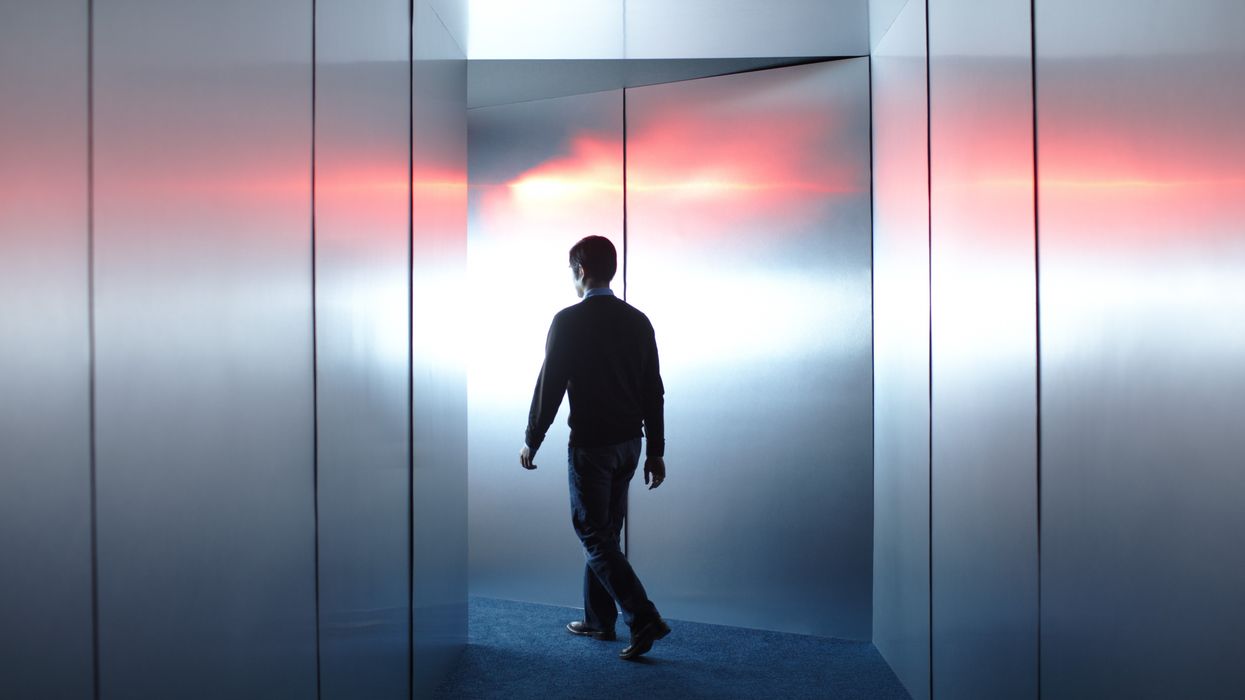More science than fiction? Evidence of 'time travel' discovered in world first

Scientists discover evidence that time does not always move in a linear way
|Getty Images

A fascinating new study suggests time is not as linear as it may seem
Don't Miss
Most Read
Time travel is a conceit that never gets old: it's been a source of inspiration for countless sci-fi novels and films (personal highlights include Time Traveller's Wife and Back to the Future).
The concept may have captured the public imagination but few would argue that it's possible in the real world - until now.
A new study of molecular structures lends credence to the theory of time hopping.
Researchers Till Bohmer and Thomas Blochowiczthe of the Technical University of Darmstadt in Germany drew a surprising conclusion after looking at the way time effectively shuffles in the structure of certain materials like glass.

Glass moves in reverse on a molecular level, researchers found
|Getty Images
The complex structure of everyday materials such as glass suggest that time doesn't always pass in a linear fashion.
Glass doesn't operate within a traditional molecular framework, instead constantly falling into new places, prompting the researchers to investigate how this complex process occurs.
Glass structures were watched using scattered laser light by researchers working on the study, which led to them observing the glass samples pushing and reforming into new arrangements. In so doing, glass moves in reverse on a molecular level.
Professor Blochowicz said: "The minuscule fluctuations in the molecules had to be documented using an ultra-sensitive video camera.
"You can't just watch the molecules jiggle around."
Unfortunately, the researchers were unable to extrapolate from this process to determine whether the changes are happening forwards or backwards.
What's more, a study published last year put paid to the notion that humans could one day travel back in time.

Study of light and its relationship with other objects suggest travelling backwards is impossible
|Getty Images
The study concluded that time in the universe can only go one way – and that's forward.
Researchers arrived at this verdict by studying light and its relationship with other objects, concluding that the momentum of light around an interface exclusively moves forward.
For now, it seems, humans are condemned to do the same. Anyways, why dwell on the past?










